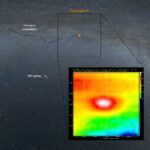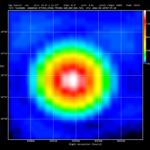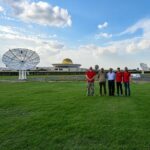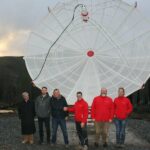
SPIDER 500A installed in Kielder Observatory (UK)
Kielder Observatory, a public astronomical observatory providing great outreach activities, now has also a SPIDER 500A radio telescope for radio astronomy to let visitors experience the cosmos even in daytime or in typical UK cloudy conditions. PrimaLuceLab Installation Team completed the installation of the 5 meter diameter instrument with receivers,…









